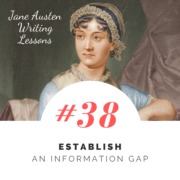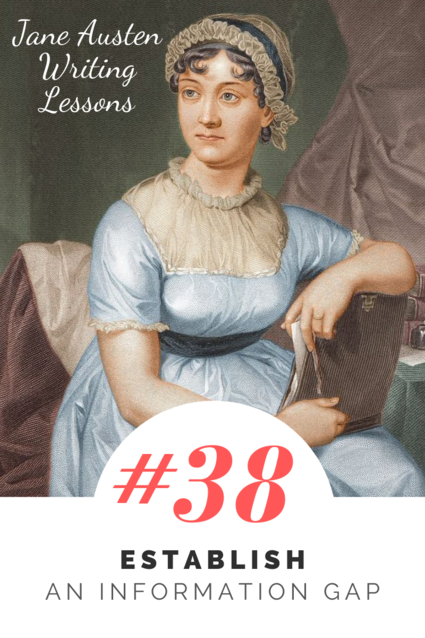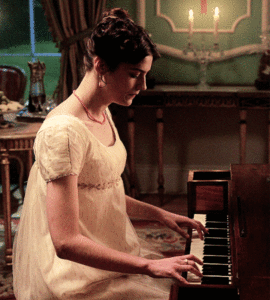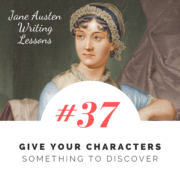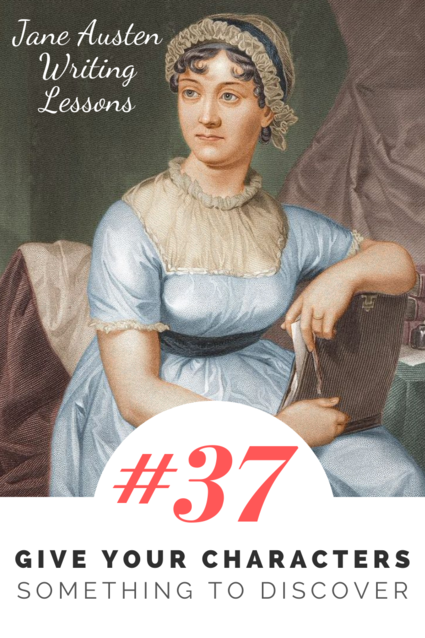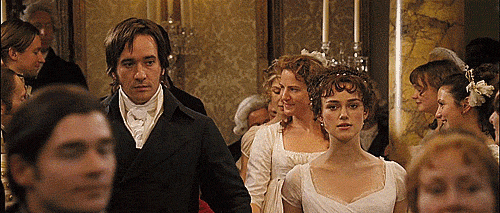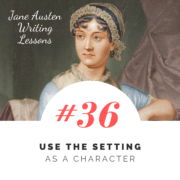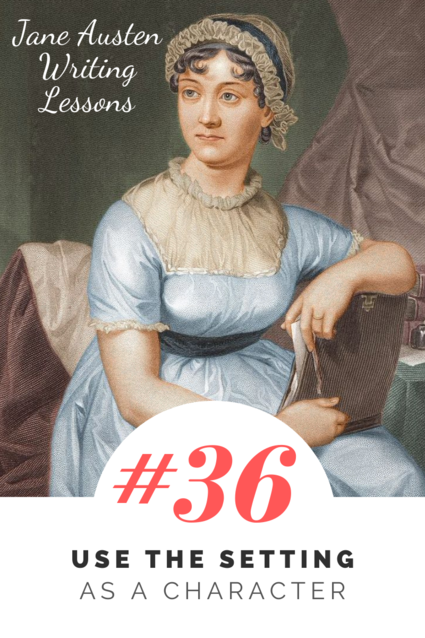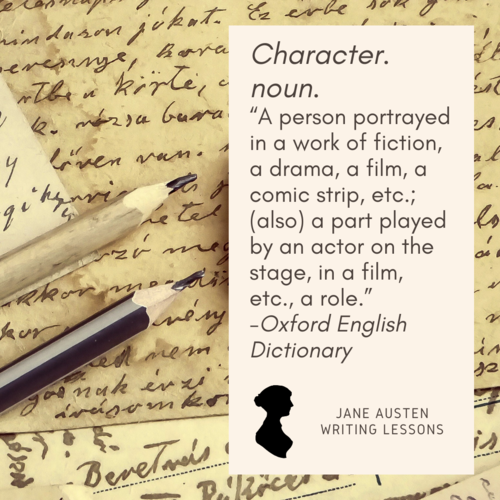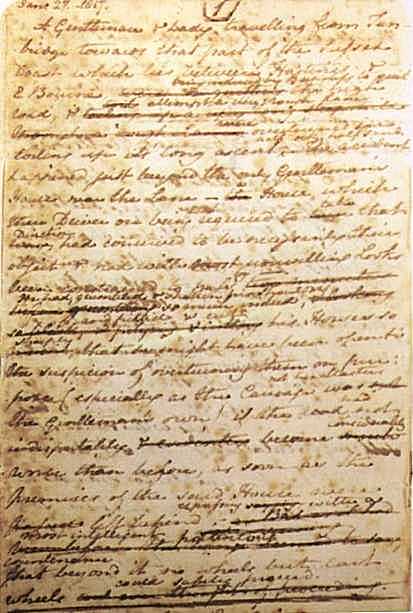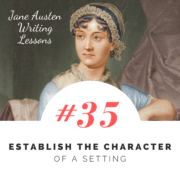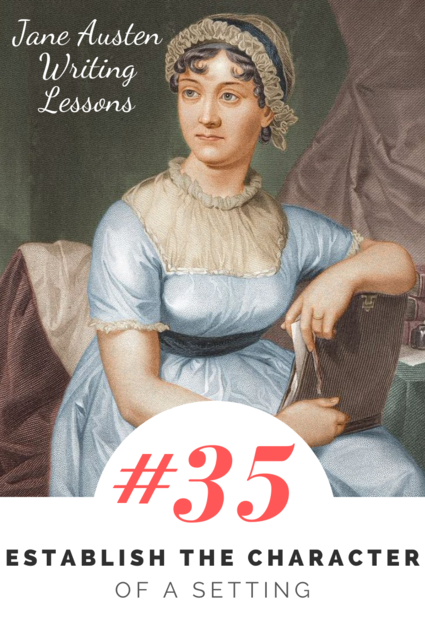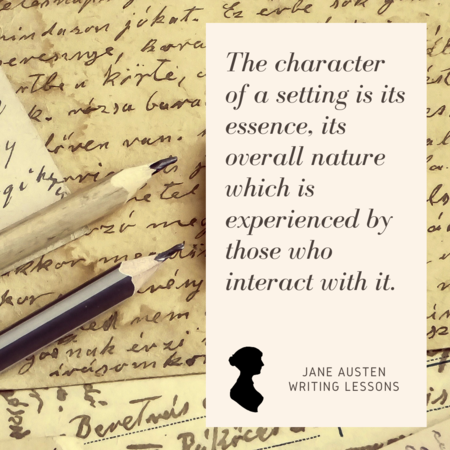#38: Establish an Information Gap
In the last lesson, I talked about the importance of giving your character something to discover—this creates curiosity in the reader and a desire to continue reading the narrative. In order to establish this curiosity about discovery, writers create an information gap for both the characters and the readers. As George Loewenstein explained, an information gap is a gap “between what we know and what we want to know.”
But how, as writers, do we create this information gap? How do we make readers aware of the gap between what they know and what they want to know?
1. Establish an Information Gap by Using Character Anticipation
One of the simplest ways to establish an information gap is to show the characters anticipating something, in their thoughts and words and actions. If the characters desire to know something, then not only do readers learn about this desire, but they begin to develop this desire also.
In Emma, almost all the characters anticipate meeting Frank Churchill and learning what he is like, which creates an awareness of him for the reader, as well as a knowledge that we do not know his character. Coming to know him is established as something intrinsically interesting:
Mr. Frank Churchill was one of the boasts of Highbury, and a lively curiosity to see him prevailed, though the compliment was so little returned that he had never been there in his life. His coming to visit his father had been often talked of but never achieved.
2. Establish an Information Gap by Breaking a Pattern
The human brain relies on patterns to make sense of the world. The book Made to Stick: Why Some Ideas Survive and Others Dies explains that our attention is drawn when a pattern is broken.
There are many “patterns” in Emma, and many of these are related to societal expectations. First, we expect that someone will meet there verbal and written commitments. Mr. Churchill commits to come to Highbury to visit his father, but then he does not. This breaks a pattern:
“Where is the young man?” said John Knightley. “Has he been here on this occasion—or has he not?”
“He has not been here yet,” replied Emma. “There was a strong expectation of his coming soon after the marriage, but it ended in nothing; and I have not heard him mentioned lately.”
There is also a societal expectation that someone will behave in a “proper manner” to family members. This respect and consideration would include visiting them, but Mr. Churchill does not visit.
Any time that a pattern is broken in a story, especially if it is a behavioral pattern, then it creates an information gap: we want to know why this pattern has been broken. Another famous example of breaking a pattern in Emma is when Jane Fairfax receives an unexpected gift from an undisclosed person of a pianoforte. People do not simply receive pianofortes from mysterious benefactors, then or today, and this breaking of a pattern immediately creates an information gap, a mystery that Emma is compelled to unravel.
Gif of Jane Fairfax playing the pianoforte in the 2020 film Emma.
3. Establish an Information Gap by Giving Consequence to Not Finding Out
There are endless things that a character might not know, but we only care about them as readers—they only become actual information gaps for readers—if there is a consequence to not finding out. There must be a reason the characters need to discover something. If there are not consequences to not discovering something, in other words, if the information gap has no stakes, then the character has no reason to fill the information gap, and the reader will not care whether or not they do.
In Emma, we like the character of Mr. Weston and we like his new wife, Mrs. Weston. They are good people, who mean a lot to Emma and to others in the community. And so we care that Mr. Weston’s son, Frank Churchill, refuses to visit.
Yet the stakes are not just for the Westons. Emma’s desire to come to know Mr. Churchill and his character relates to her own personal wants and desires. She is a matchmaker, and she has envisioned a match for herself:
Now, it so happened that in spite of Emma’s resolution of never marrying, there was something in the name, in the idea of Mr. Frank Churchill, which always interested her. She had frequently thought—especially since his father’s marriage with Miss Taylor—that if she were to marry, he was the very person to suit her in age, character and condition. He seemed by this connexion between the families, quite to belong to her. She could not but suppose it to be a match that every body who knew them must think of. That Mr. and Mrs. Weston did think of it, she was very strongly persuaded; and though not meaning to be induced by him, or by any body else, to give up a situation which she believed more replete with good than any she could change it for, she had a great curiosity to see him, a decided intention of finding him pleasant, of being liked by him to a certain degree, and a sort of pleasure in the idea of their being coupled in their friends’ imaginations.
Filling this information gap—coming to know Mr. Churchill and his character—has personal consequences for Emma and her future happiness.
4. Establish an Information Gap by Raising New Questions When Questions are Answered
There is a risk in creating something for your characters to discover: once they have discovered it, why should we keep reading? For big questions, when a question is answered, then a new question is often raised.
In Emma, Frank Churchill does ultimately come to Highbury. We meet him, we see him in front of us. Yet a new question is brought to the fore: what is Frank Churhill’s character? Yes, he has come, but is he the sort of man Emma has expected? Will he meet Emma’s matchmaking expectations and fall in love with her? How will he behavior to various parties now that he is in Highbury? Will there be a ball, and who will he dance with at the ball?
New questions about Frank Churchill are raised with every question that is answered, and in a sense, the larger question that was established before his arrival—what is Frank Churchill’s character?—is never clearly answered. It requires the full novel to answer that question, and each little detail is just one piece of the puzzle.
5. Establish an Information Gap by Revealing Key Information
While it is common to conceal information in order to create an information gap, the reverse can also be done. Revealing key information can actually create an information gap as we become curious about the consequences of this information. This is especially true when what is revealed has the potential to disrupt the forward path of the protagonist.
Austen’s novel Emma relies on concealing information, but her novel Mansfield Park reveals information in order to create a need for discovery.
In Mansfield Park, the main character, Fanny Price, has watched with disapproval as a new neighbor, Henry Crawford, flirts shamelessly with her cousins Maria and Julia, despite the fact that Maria is engaged. Then Maria weds and both her and Julia leave Mansfield Park, and Henry Crawford decides to turn his attentions to Fanny.
At this point, Austen could have created the information gap by simply continuing to show Fanny’s viewpoint. Through Fanny’s eyes, we would begin to see Henry’s attentions to Fanny, and we would wonder at the cause of them. We would wonder if he had changed on a fundamental level, and we would desire to know what both he and Fanny will choose to do as a result of these intentions.
Yet Austen does not follow this storytelling path. Instead, Austen reveals a huge piece of information before Henry begins to pay his attentions to Fanny. Austen provides the following scene between Henry Crawford and his sister Mary:
“And how do you think I mean to amuse myself, Mary, on the days that I do not hunt? I am grown too old to go out more than three times a week; but I have a plan for the intermediate days, and what do you think it is?”
“To walk and ride with me, to be sure.”
“Not exactly, though I shall be happy to do both, but that would be exercise only to my body, and I must take care of my mind. Besides, that would be all recreation and indulgence, without the wholesome alloy of labour, and I do not like to eat the bread of idleness. No, my plan is to make Fanny Price in love with me.”
“Fanny Price! Nonsense! No, no. You ought to be satisfied with her two cousins.”
“But I cannot be satisfied without Fanny Price, without making a small hole in Fanny Price’s heart.”
Providing this key information to the reader actually raises the stakes and raises our curiosity: we know that Mr. Crawford intends to make Fanny fall in love with him simply because he likes playing with women’s hearts and he wants to amuse himself.
We know from the start that his attentions are not genuine, which heightens the information gap because we feel a strong need for Fanny to discover this.
The other questions are still raised: Will Henry Crawford change? Will his affections become genuine? What will Henry Crawford and Fanny decide to do?
In this particular case, the key information is revealed to the reader but not to the protagonist, yet at times the key information which creates an information gap can be revealed to both the reader and to the protagonist.
In Conclusion
The five key techniques Jane Austen uses to create information gaps and a thirst for discovery are:
- Using character anticipation
- Breaking a pattern
- Giving consequence to not finding out
- Raising new questions when questions are answered
- Revealing key information
Each of these is a power tool to create a gap between what the reader and character know, and what the reader and character want to know. These five techniques can be used individually or in combination.
In the next lesson, I’ll talk about the four categories of things that a reader and a character might want to discover.
Exercise 1: Breaking a pattern
Write a brief scene which includes a number of people doing ordinary or expected things in a place (i.e. a grocery store, a sports game, or a family gathering). Quickly establish the normal pattern of behavior, and then have someone break the pattern.
Exercise 2: Set a timer for 5 or 10 minutes. During this time, make a list of as many events, secrets, characteristics, etc. as possible that be something that characters must discover. Once you’re done, categorize each item on the list as one of the following:
H: Information that, at first, should be hidden or only hinted at—the process of discovery is finding out this information.
R: Information that should be revealed early on to the reader and/or to the character. The information gap and the process of discovery comes from the implications of this revelation.
H or R: This information could work equally well as hidden information or revealed information, though doing so would change the direction of the story.
Exercise 3: Find a story where a character is actively trying to discover something and analyze it: When is the information gap set up? What techniques are used to establish the information gap? Are there multiple information gaps?

